Fleckvieh Gaste plaas huldig die Bloubok
" I may truly say that this animal appeared especially beautiful to my eyes because its blue hair is so much like the colour of the sky , " - so beskryf die Duitse skrywer Peter Kolbe die Bloubok in 1719 .
Fleckvieh gaste plaas huldig die Bloubok deur een van die eenhede na hierdie besondere boksoort te vernoem.
Die bloubok (Hippotragus leucophaeus) was die eerste groot Afrika-soogdier wat in historiese tye uitgesterf het. Verwant aan die bastergemsbok en swartwitpens, was hierdie boksoort endemies aan die renosterveld in die Overberg gebied.
Met die vestiging van die eerste pioniers in die Overberg streek in 1707 was die Bloubok reeds nie meer `n wildsoort wat volop voorgekom het nie. In 1719 was dit die Duitse skrywer en reisiger Peter Kolbe wat die eerste keer die Bloubok beskryf het: - " I may truly say that this animal appeared especially beautiful to my eyes because its blue hair is so much like the colour of the sky , " Die Bloubok is enkellopend en ook in klein troppies oor die Overberg gebied opgemerk.
Tydens die Sweedse plantkundige, Carl Peter Thunberg se besoek in 1774 aan onder andere die Grootvadersbosch gebied, skryf hy dat die Bloubok nou uiters skaars geword het in die Overberg. Die laaste Bloubok is in 1800 opgemerk.
Professor Skinner beskryf die bloubok se voorkoms as volg: "From the evidence that can be gathered from the few specimens of the blue antelope that still exist and the writings and drawings of early travellers, we can build up a picture of their appearance in life. They appear to have been smaller than either of their near relatives the roan, H.equinus, or the sable, H.niger, with a height at the shoulder of about 1.0 m to 1.2 m, as compared with the roan at 1.6 m and sable at 1.3 m. Le Vaillant (1790) who shot and preserved the skin of a blue antelope described the colour as faint blue inclining to grey. They had dull whitish underparts which did not specially contrast with the colour of the flanks. The forehead and top of the muzzle were brown and this colour faded into the lighter colour of the sides of the face. They had a distinct white or at least a lighter coloured patch in front of the eyes and a light coloured upper lip...They had long and rather narrow pointed ears but not as long as in the roan and these lack the tuft of black hair at the tips seen in the roan. Their horns swept back in an even curve from the top of their heads but were much lighter in build than those of the roan or sable, and were flattened slightly on their inner sides as compared with those of a sable, which tend to be flatter on the outer sides, and the roan, which are generally rounder. From the existing material, the horns reached a length over the front curve of up to 0.61 m and had a series of 20 to 35 ridges. The tail, which just reached the hocks, was tufted. The tuft was darker than the general colour of the body." (Smithers RHN & Skinner J (2005). The mammals of the Southern African subregions. Cambridge University Press, Cambridge.)
Rowland Ward : Die langste bloubok horings is gemeet op 62.2cm en basis dikte 16.2cm. Hierdie opgestopte dier word gehou in die Leiden museum in Nederland. Die bok is afkomstig van Swellendam in 1700.
In `n artikel getiteld : The Extinct Blue Antelope gee Richard Klein. van die Universiteit van Chicago die redes waarom die Bloubok se getalle ongeveer 2000 jaar terug skielik in duie gestrort het.
"Numbers dropped about 2,000 years ago, at roughly the same time that domestic sheep and perhaps cattle were first introduced to the southern and southwestern Cape (By Khoi tribes)......The blue antelope may have suffered from veld degradation initiated by stock or from persecution by the herders because it competed with stock. Perhaps. like the roan. it was also unusually susceptible to some of the epizootic diseases that stock carry. In any case....It would suggest that local Stone Age people. not climate. brought the species to the verge of extinction. European firearms then applied the final blow."
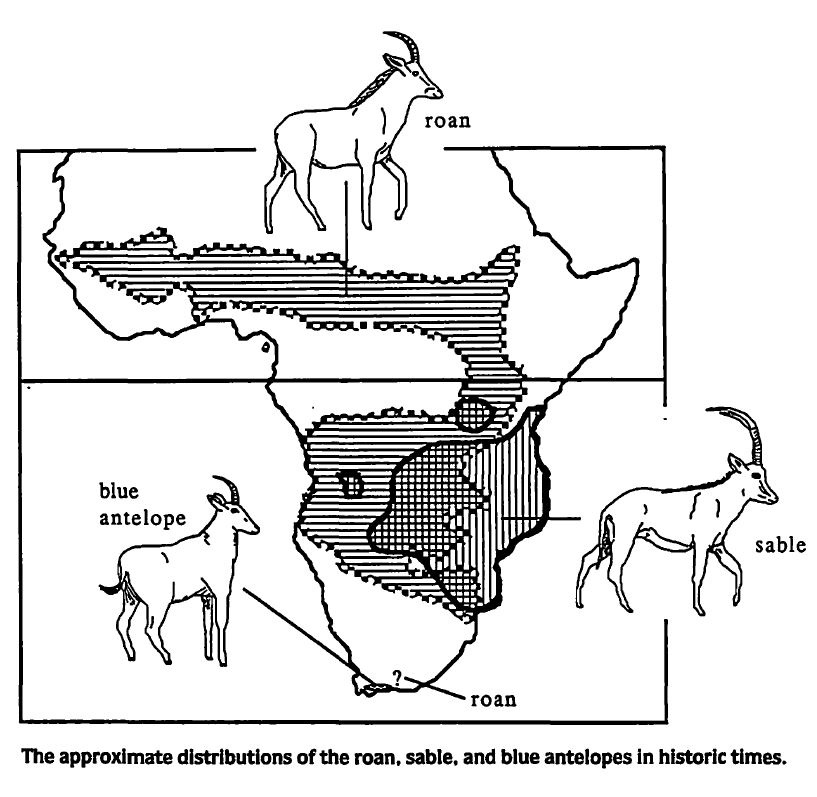
Bloubok deur Johann Lodewyk Marais
Hippotragus leucophaeus
Ek wil in my vers ’n bloubok laat loop
in vlaktes Kaapse gras voor die invoer
van skape in 400 n.C.
en ons klein historie van skiet en skiet
om trofeë op die voorstoep te hang.
Voor geweerskote sou klap, wiele rol
en hartbeeshuise diep die binneland
intrek, het in klein troppies of alleen
dofblou, byna grys, die bloubok gewei.
Die kop (bruin voor en ligter aan die kant)
sal hy flink optel om te kyk na klip
en grasveld tot teen die gekartelde
horison waar die gletsers talmend skuif.
In Smithers se taksonomie beskryf
hy (volledig) “smal, gepunte ore”,
“’n liggekleurde bolip” en die mooi
gerifde horings se egaligevkurwe
Die bene met strepe aan die voorkant
en die donker stert wat by die hak hang,
verdof in ’n glaskas in ’n museum.
Dan tree hy luiters wei-wei uit die tyd
of hy loskom uit die gesoute vel,
opgestop en onsigbaar vasgenaai,
werkliker as uit François le Vaillant
se kwas van 1781.
Van die bloubok se draf oor sagte gras
en sy spore oor die vlaktes bly slegs
die taksidermie van die vers intakt
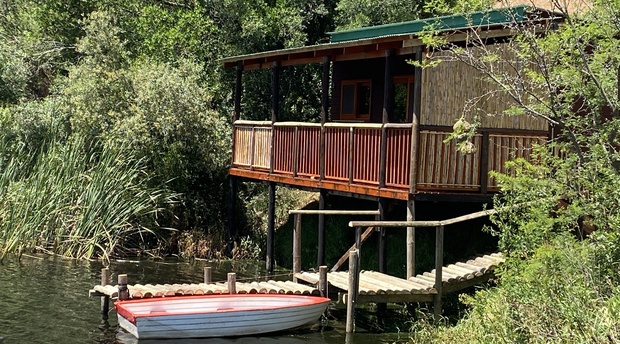
Die Bloubok Woud hut. Ter nagedagtenis aan hierdie prag diersoort, wat nie meer met ons is nie, het ons een van ons gewildste woud hutte na hierdie boksoort vernoem...
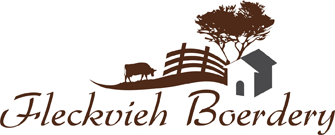
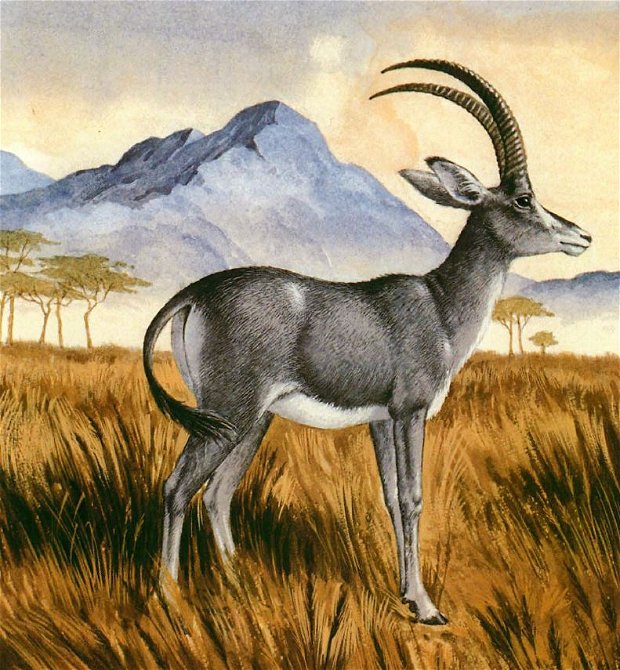
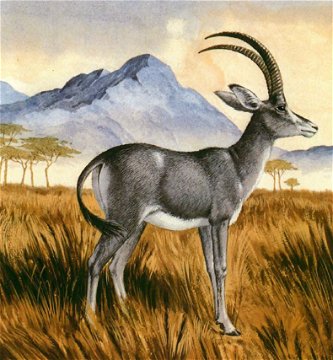





Share This Post